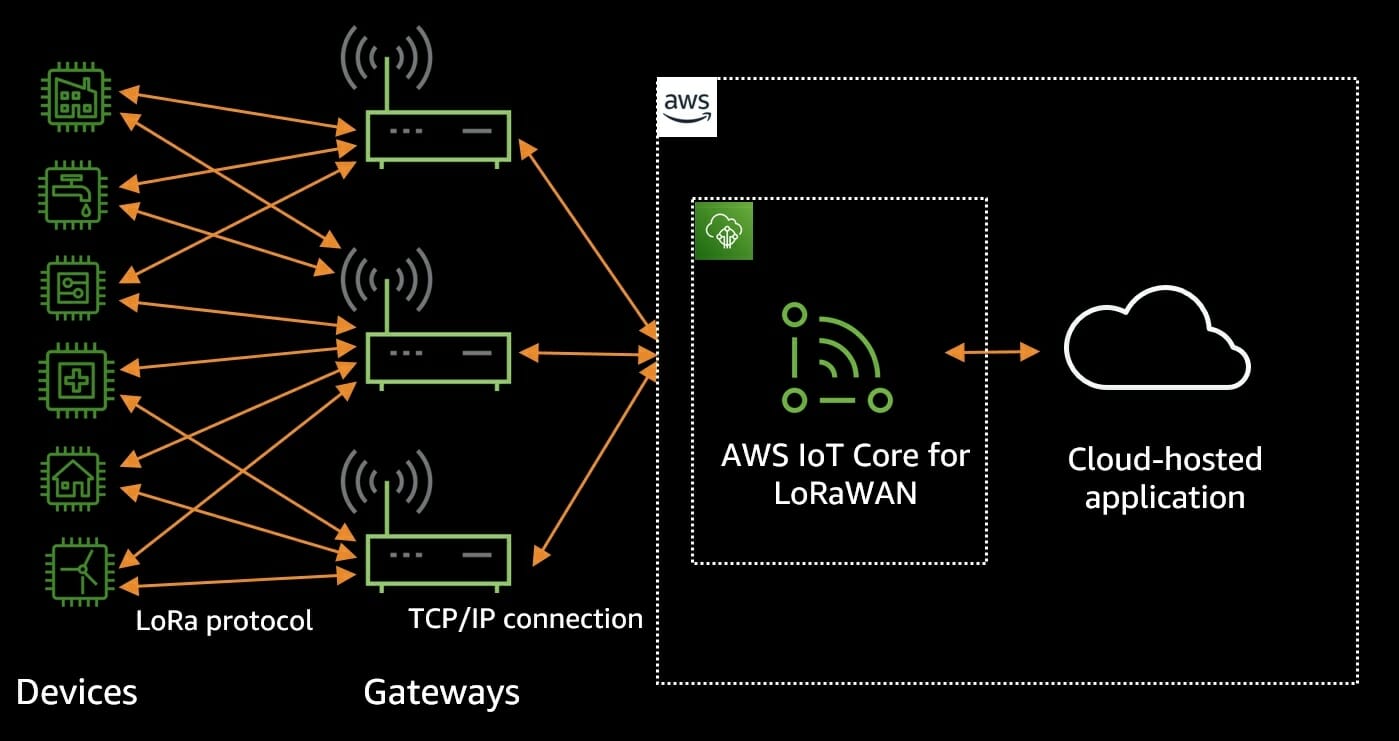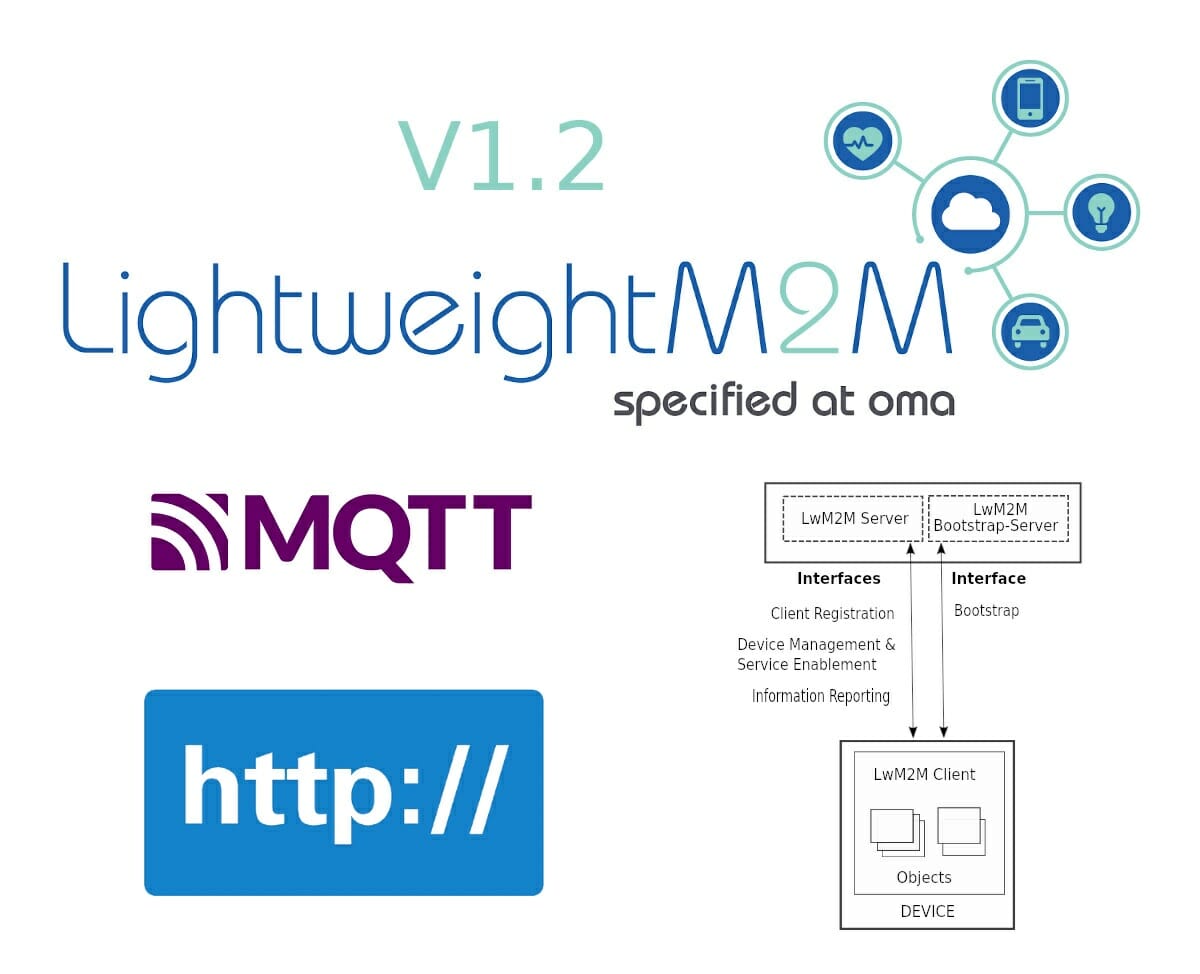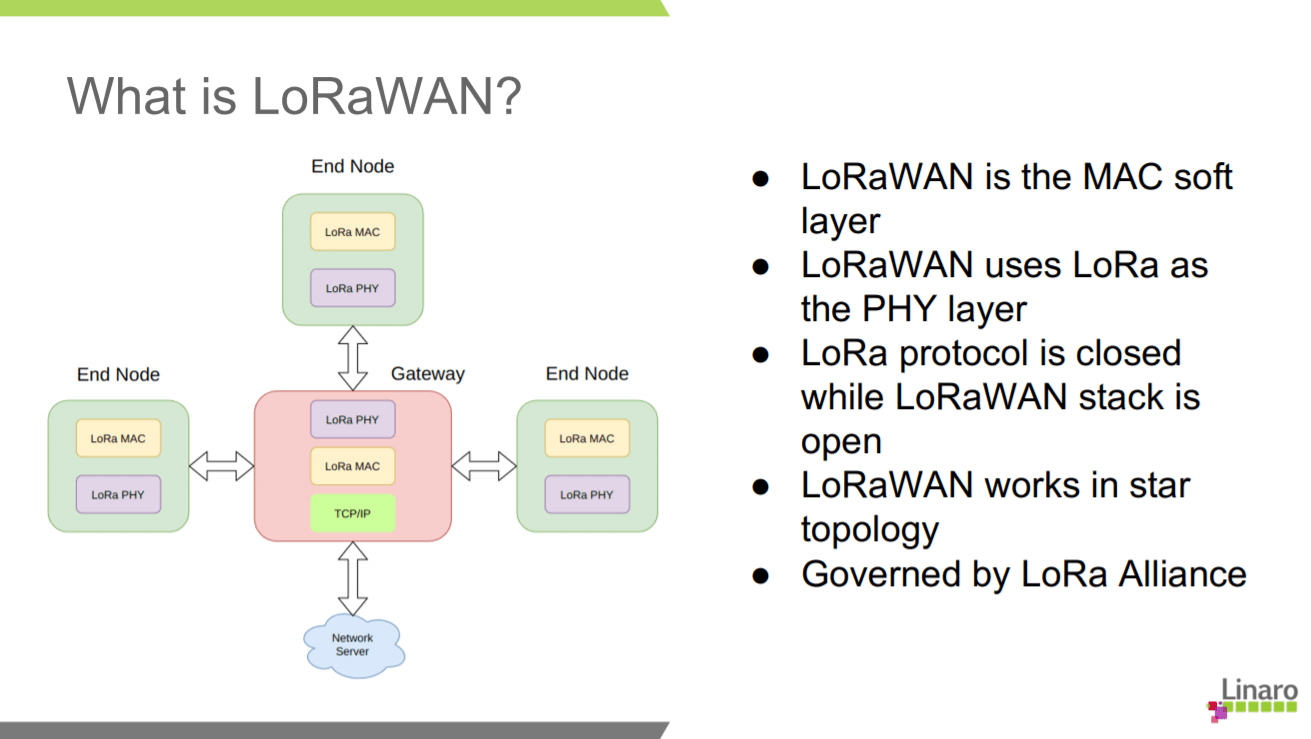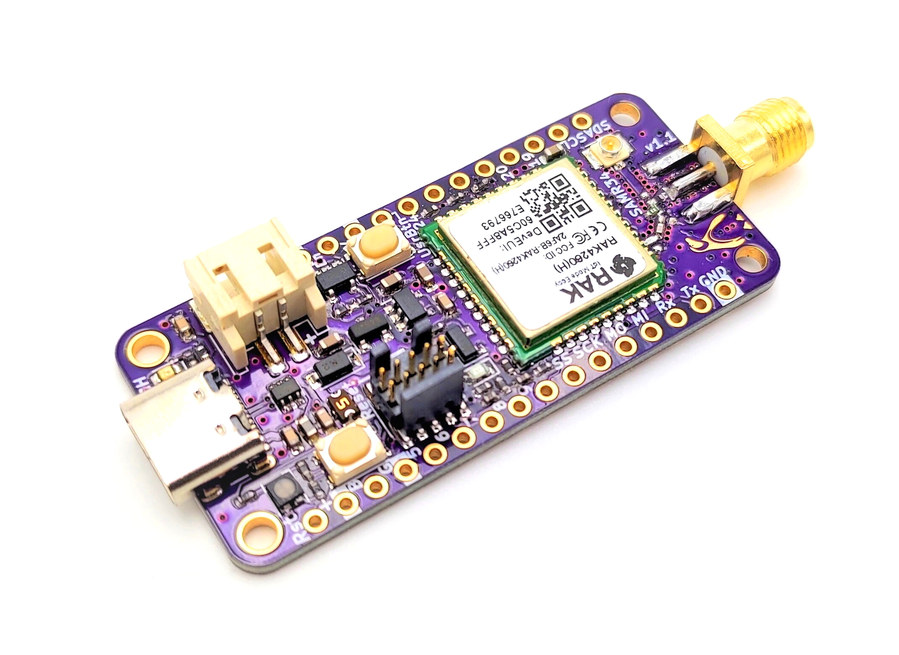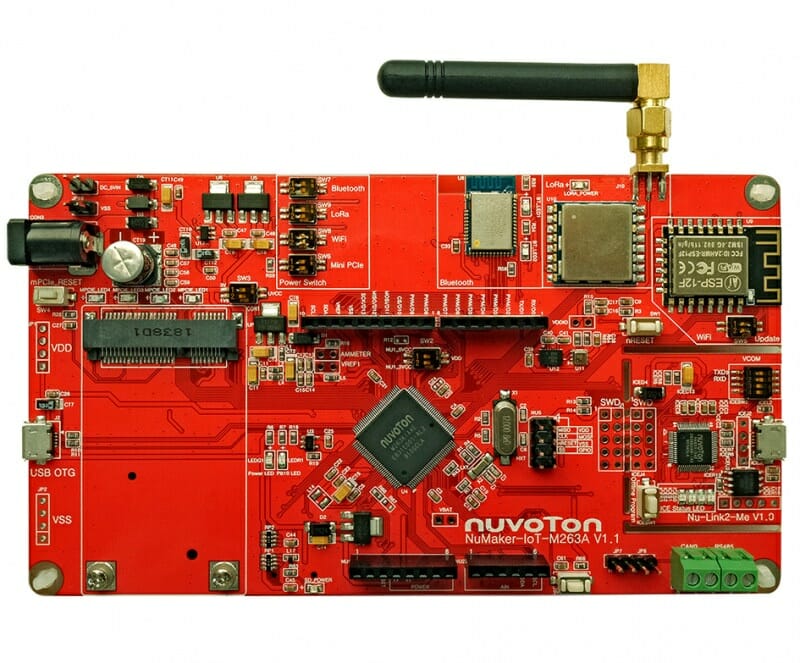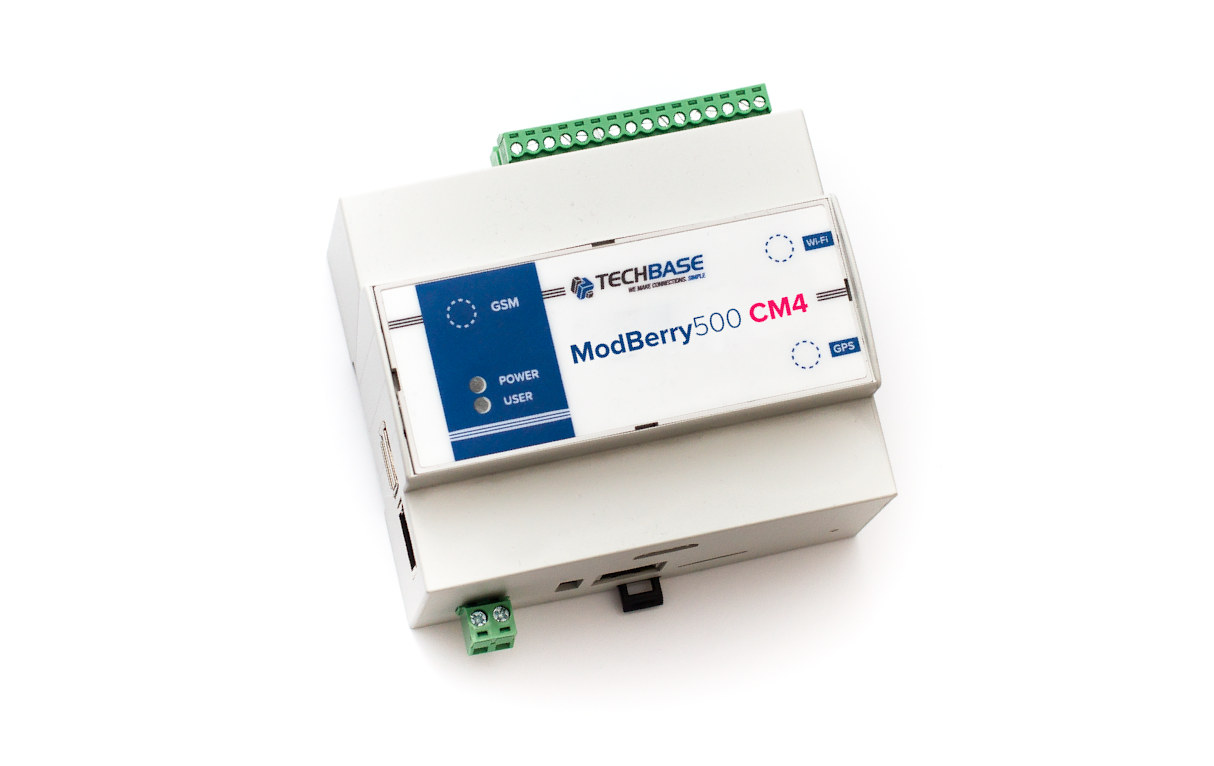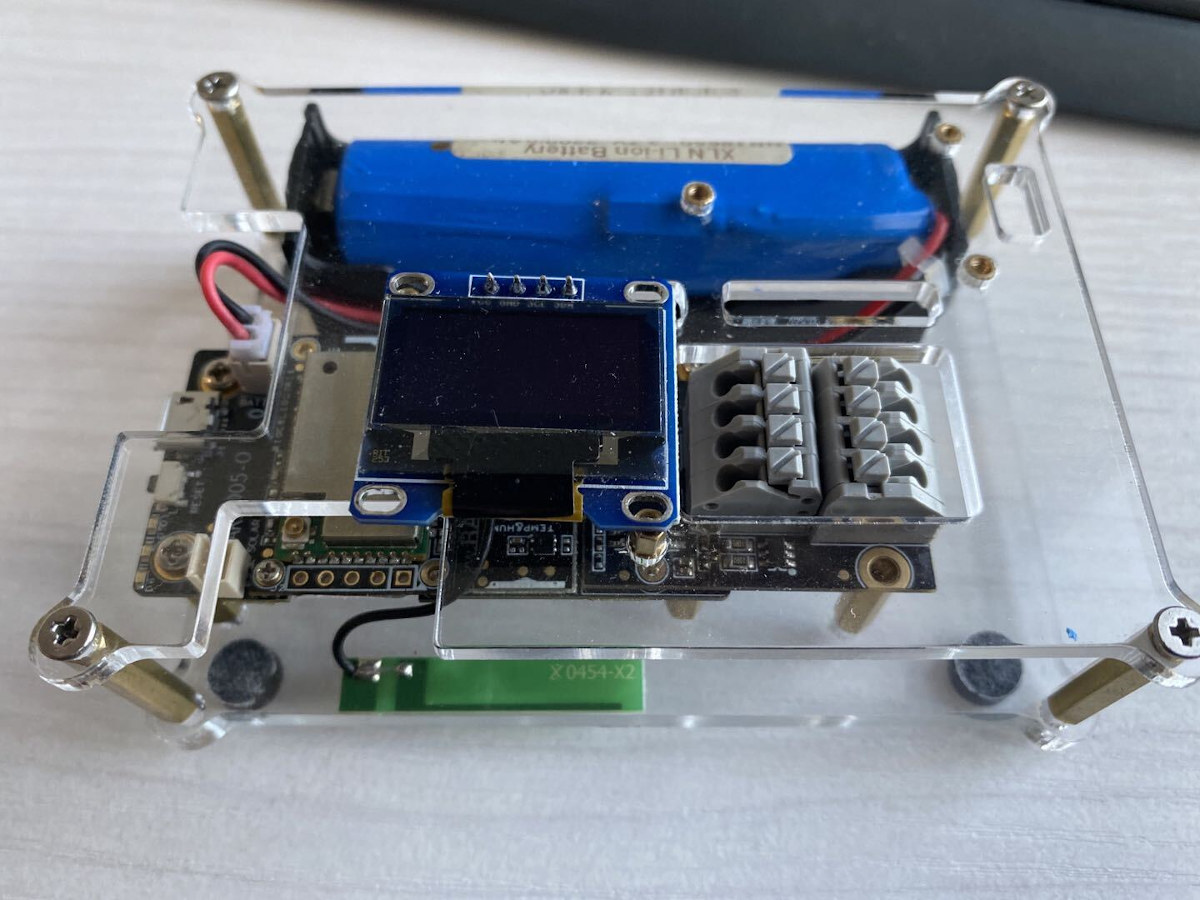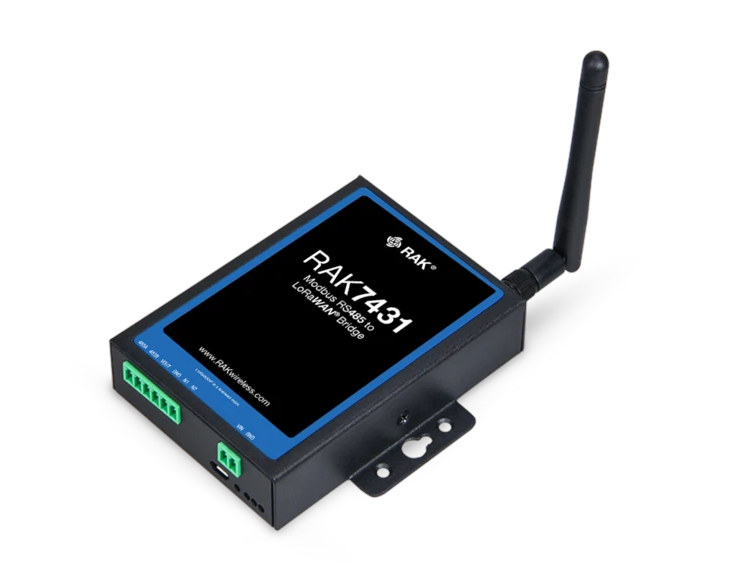With increasing connectivity issues on low-power devices, which transmit data over long-range, work on batteries that can last several years without replacement, LoRaWAN is one of the major solutions to address these issues as it has support in Zephyr OS as well. A couple of days back, Amazon Web Services announced AWS IoT support for LoRaWAN, which means that it will enable you to connect and manage low-power wireless devices that use LoRaWAN connectivity with the AWS Cloud. Now the enterprises can set-up a private LoRaWAN network by connecting the devices to the AWS Cloud. AWS Cloud basically accelerates IoT application development by acting on the data generated by connecting LoRaWAN devices using AWS services. “The rapid acceleration of growth in both private and public LoRaWAN networks has been key in the expansion of LoRaWAN deployments worldwide. AWS’ launch of AWS IoT Core for LoRaWAN offers an innovative solution to […]
LwM2M v1.2 M2M & IoT device management protocol adds support for HTTP and MQTT, LwM2M gateways
Lightweight M2M (LwM2M) is a REST-based protocol from the Open Mobile Alliance (OMA) for M2M & IoT device management that defines the application layer communication protocol between an LwM2M server and an LwM2M client running on an IoT/embedded device. While LwM2M v1.0 was published in early 2017, we first covered the new protocol a year earlier as Imagination Technologies released the source code for the LwM2M stack running on MIPS Creator Ci40 development board. Since then we’ve mostly seen the LwM2M protocol supported in cellular LTE IoT modules including Quectel BC66 and u-Blox Sara-R410M, as well as the now-defunct Samsung Artik WiFi IoT modules. LwM2M v1.0 was followed by v1.0.1 and v1.0.2 for bug fixes, and v1.1, but OMA has now announced LwM2M v1.2 protocol that adds the following new features: New transports for LwM2M: MQTT and HTTP Optimizations for the bootstrapping and registration interfaces to reduce the amount of […]
LoRa & LoRaWAN support in Zephyr OS
The story of LoRa began in 2009 when Cycleo, a French company, invented LoRa. LoRa (Long Range) support for Zephyr OS goes back to December 2019. Since then, there has been a huge interest among the community to extend their support for it. More recently, LoRaWAN (low-power wide-area network) support was added to Zephyr OS. This will provide true networking support to Zephyr OS over LoRa. It operates in licensed free Sub Gigahertz frequencies (865 MHz-India, 868 MHz-Europe, etc…). It makes the perfect choice for low data rates and long-range applications. What is LoRaWAN? LoRaWAN is a MAC layer that sits on top of the LoRa. According to the OSI model, LoRaWAN is the MAC (media access control) layer while LoRa is the PHY (physical) layer. LoRa protocol is closed, meaning it is proprietary to Semtech, while LoRaWAN specifications are open to the public. The reference implementation is available at […]
Penguino Feather 4260 LoRa development board features RAK4260 module
Adafruit Feather form factor has become more popular in recent years with third-parties introducing Feather compatible boards such as the Giant Board (Linux capable), OrangeCrab (FPGA), or FeatherS2 (ESP32 WiFi + Bluetooth), and as well as FeatherWing add-on boards. Azerbaijan based MakerTronika Labs has launched their own Feather compatible board with LoRa connectivity: Penguino Feather 4260. The development board is powered by a RAK4260 module based on SAMR34 LoRa SiP and supports both 868 and 915 MHz bands. Penguino Feather 4260 specifications: LoRa module – Rak wireless RAK4260 module with: SiP – Microchip ATSAMR34J18 SiP with SAML21 Arm Cortex M0+ MCU @ 48 MHz, 40 KB RAM, 256 KB Flash, Semtech SX1276 LoRa Connectivity Frequency Range – 862 to 1020 MHz High level of accuracy and stability (32MHz TXCO) Max Tx Power: 20dBm; Max Sensitivity: -148dBm; Rx Current: 17mA (typical) Compliant with LoRaWan 1.0.2 Power Consumption Low RX current of […]
NuMaker-IoT-M263A board is the Swiss army knife of IoT development
If you’d like an MCU board to experiment with various wireless (and wired) protocols used for Internet of Things applications, the Nuvoton NuMaker-IoT-M263A development board may be worth a look. Powered by a NuMicro M263KIAAE Arm Cortex-M23 CPU microcontroller, the board offers WiFi, Bluetooth, and LoRa connectivity, plus an mPCIe socket for 3G, 4G, or NB-IoT cellular connectivity. It also comes with various sensors, as well as CAN and RS485 transceivers for industrial control applications. NuMaker-IoT-M263A key features and specifications: MCU – Novoton NuMicro M263KIAAE Arm Cortex-M23 microcontroller @ 64 MHz with 96KB SRAM, 512 KB dual-bank flash for OTA upgrade, 4 KB LDROM; LQFP128 package Storage – MicroSD card connector On-board wireless modules ESP12-F (ESP8266) 802.11b/g/n module MDBT42Q-PAT Bluetooth 4.2/5.0 LE module APC1278 (for 408 / 433 / 470 MHz) LoRa module plus antenna Serial – CAN and RS485 transceiver USB – 1x Micro USB OTG connector (to M263 […]
Modberry 500 CM4 DIN Rail Industrial Computer Features Raspberry Pi Compute Module 4
We’ve been writing about Techbase Modberry industrial embedded computers with DIN-Rail enclosures such as Modberry M500 or M2000 for several years. Most of their systems are powered by SBC’s like Raspberry Pi 4 or AAEON Up Squared, but they’ve also made models based on Raspberry Pi Compute Module 3+, and with the launch of Raspberry Pi CM4, the company has now introduced Modberry 500 CM4 industrial computer powered by Raspberry Pi Compute Module 4 with up to 8GB RAM and 32GB eMMC flash. Modberry 500 CM4 key features and specifications: SoM – Raspberry Pi Compute Module 4 with Broadcom BCM2711 quad-core Cortex-A72 processor @ 1.5 GHz, 1 to 8GB RAM, up to 32GB eMMC flash. Storage – Optional NVMe SSD via PCIe 2.0 (mini PCIe or optional M.2 slot) Video Output – Optional HDMI port Connectivity Optional Gigabit Ethernet port Optional Wi-Fi (IEEE 802.11 b/g/n/ac) & Bluetooth 5.0 Optional 5G, […]
Rakwireless Launches WisBlock IoT Modular System Beta Testing Program
Rakwireless has launched several IoT evaluation boards such as RAK4260 LoRaWAN EVB relying on WisBlock modules comprised of a carrier board and a module. So far, those were always sold as part of evaluation boards, but now the company is trying to expand WisBlock use as a modular system, so users can easily build their custom systems, LEGO style. The modular system is based on four different block types: WisBlock Base – A carrier board with connectors for other block types, power supply, some ports WisBlock Core – Module with a microcontroller/processor WisBlock Sensor – Modules with environmental sensors, motion sensors, ambient light sensors, or others WisBlock IO – Adds more inputs, outputs, or connectivity options including LTE-M / NB-IoT, cellular and Wi-Fi modules, NFC reader, and interfaces for I2C, UART, ADC, and GPIO. The company is just getting started with the solution, and initially will be offering one WisBlock […]
RAK7431 RS485 Bridge Relays ModBUS Data over the LoRaWAN Network
Last year with covered Dragino RS485-LN RS485 to LoRaWAN converter that extends the range of RS485 wirelessly up to 15+km thanks to LoRaWAN connectivity. Rakwireless has now launched a similar product with RAK7431 Modbus RS485 to LoRaWAN bridge. RAK7431 key features and specifications: MCU- STM32L071 industrial-grade MCU with low-power consumption (4uA sleep) LoRa Semtech SX1272 LoRa transceiver Frequencies – RU864, IN865, EU868, US915, AU915, KR920, AS923 Tx Power – 20dBm (Max) LoRaWAN 1.0.3 protocol stack, supports Class A, Class B & C Polling mode, transparent mode and packet mode RS485 6-pin RS485 terminal block Support up to 16x RS485 devices, with up to 32 instruction sets Baud rate – Configurable 9600 to 115200bps Can power RS485 devices via a dedicated output USB – 1x Micro USB configuration port Misc – Reset key, 3x LEDs Input Voltages – 8-48V DC input via 2-pin terminal block; 5V via Micro USB Dimensions – […]


